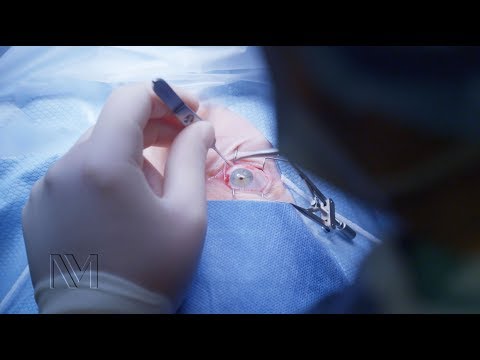Causes and Diagnoses
Causes and Diagnoses of Hyperopia
To see clearly, the cornea (the clear part that covers the pupil) and the lens (which sits behind the pupil) focus light on the retina in the back of your eye. If the eye is misshapen in any way, the result is a refractive error that causes blurry vision.
The farsighted eye is usually shorter than a normal eye, and its cornea may also be flatter. Therefore, when light passes through the cornea and lens, it is focused behind the retina, making close-up images appear blurred. Near objects require even greater focusing power to be seen clearly and, therefore, blur more easily.
Hyperopia tends to run in families. Most children have some degree of farsightedness, but this usually disappears by age five. If you are farsighted, you might want to consider getting your children tested at age five to ensure they are seeing as clearly as possible.
Diagnosing hyperopia
Your physician can diagnose hyperopia with a simple eye exam, which may include:
- Visual acuity test: This common eye chart test measures vision ability at various distances using a series of lenses.
- Pupil dilation: The pupil is widened with eye drops to allow a close-up examination of the eye's lens and retina.

